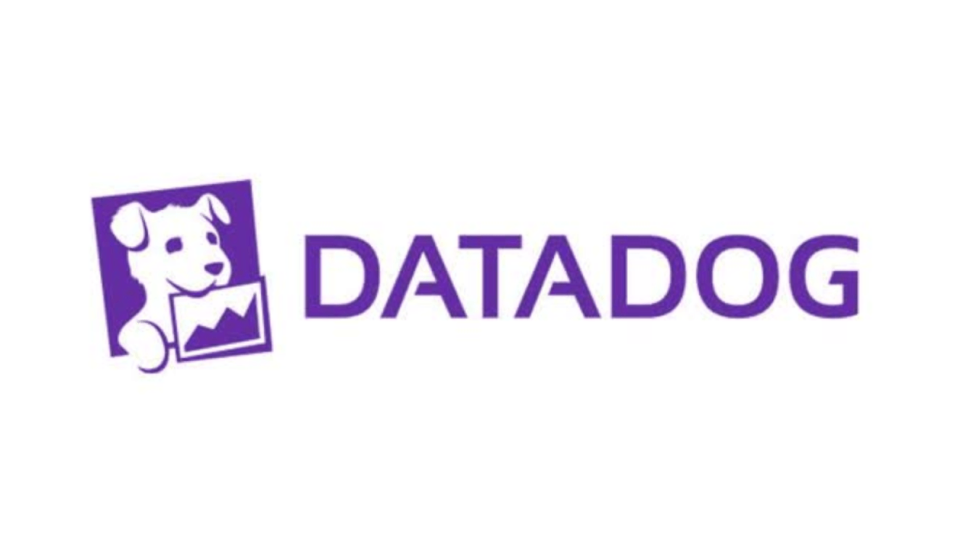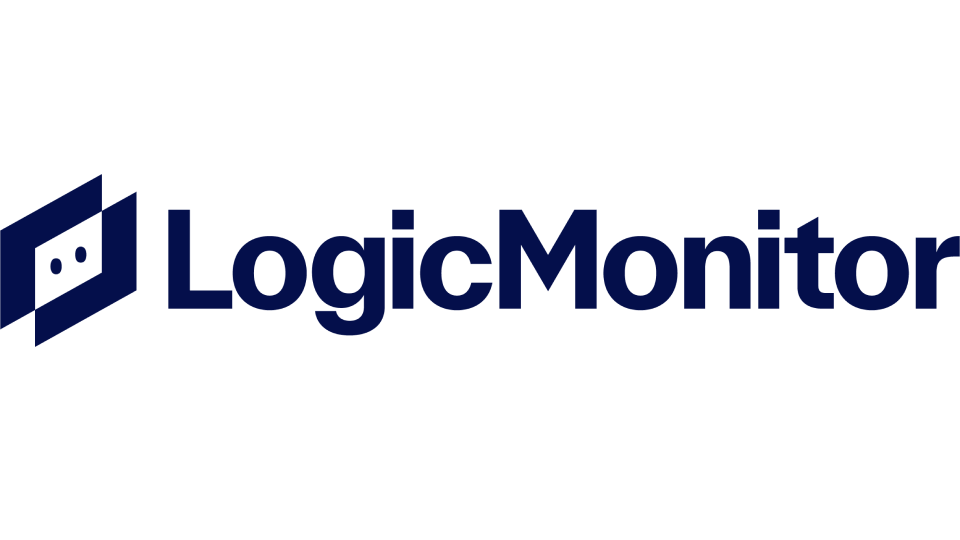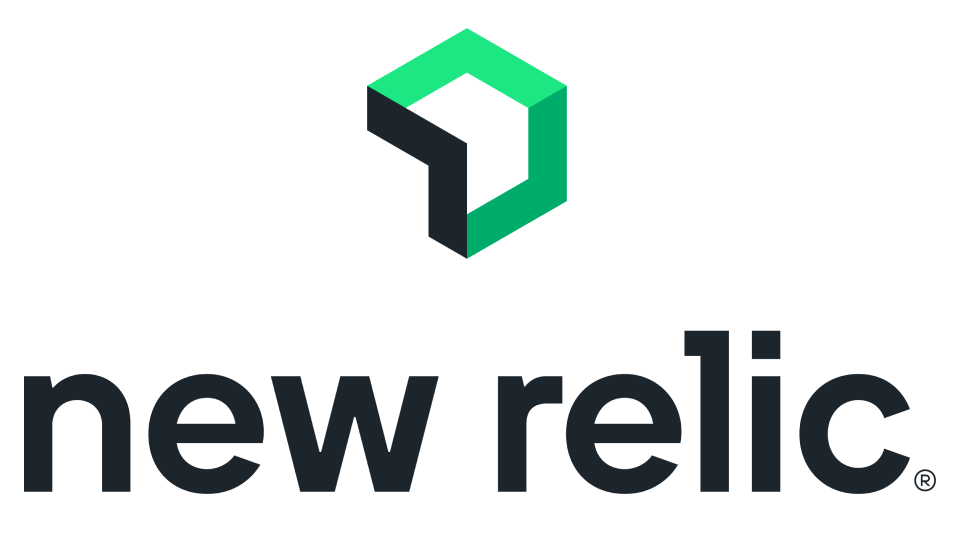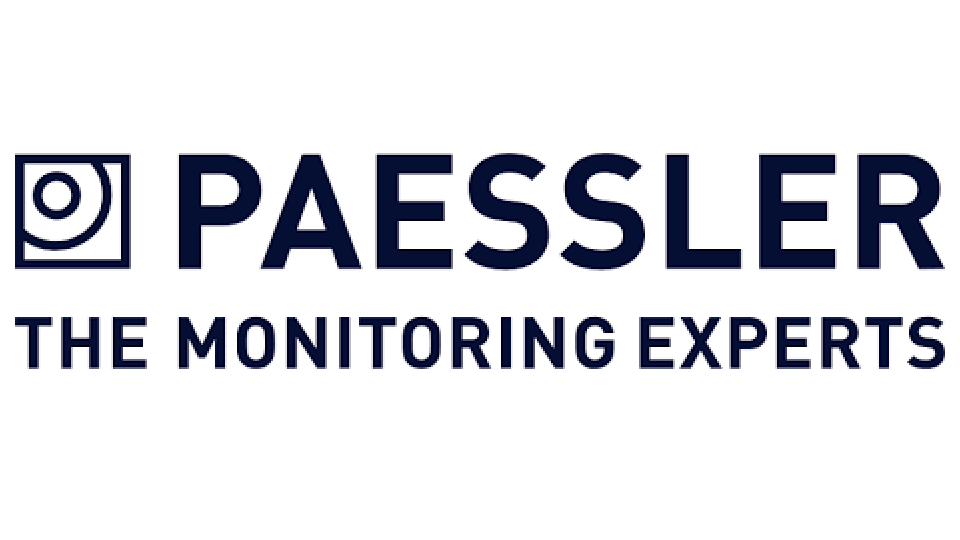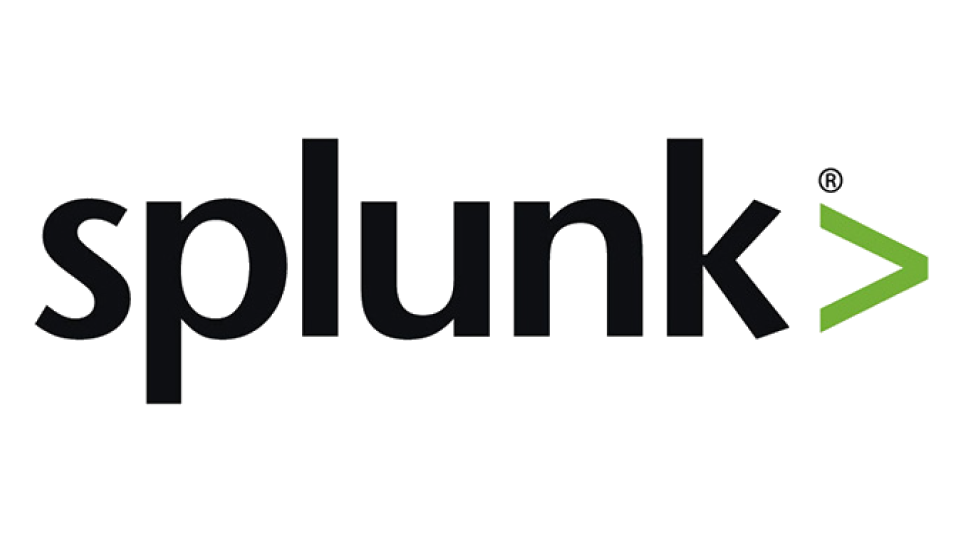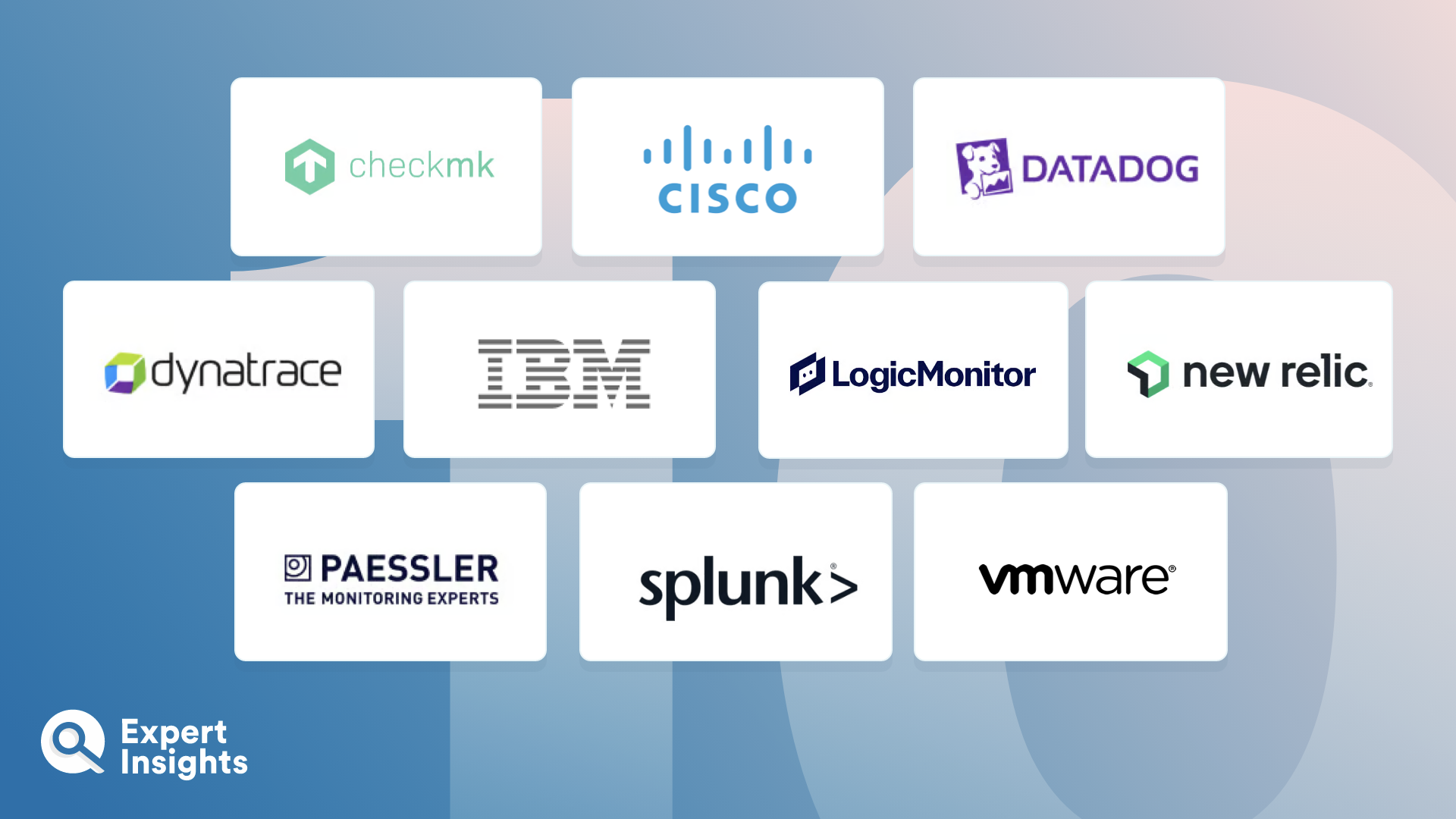Everything You Need To Know About Cloud Infrastructure Monitoring (FAQs)
What Is Cloud Infrastructure Monitoring?
Cloud infrastructure monitoring is the process of evaluating, managing, and controlling the performance and security of an organization’s cloud infrastructure, including cloud-based servers, storage, networks, virtual machines, websites, databases, and applications. Effective cloud infrastructure monitoring enables organizations to identify, analyze, and remediate any back-end problems in their infrastructure before they can impact end users—be they employees or customers.
Cloud-based deployments can be complex, with many organizations today using a broad stack of cloud applications and services. Because of this, monitoring a cloud infrastructure can be time-consuming and resource-intensive… but that’s where cloud infrastructure monitoring tools come in.
Cloud infrastructure monitoring tools continuously collect performance data in real-time from across all the components of your cloud infrastructure (usually with support for hybrid and multi-cloud environments). Using this data, they automatically track performance, resource allocation, availability, and user activity, among other key performance indicators (KPIs). They then provide detailed reports on their findings, making it much easier and quicker for IT and security teams to gain visibility into their entire environment so they can proactively resolve any downtime or security issues.
What Are The Different Types Of Cloud Infrastructure Monitoring?
Most cloud infrastructure monitoring solutions offer a combination of different monitoring technologies. It’s important that you know which assets you need to monitor before you start comparing solutions, so you can check that your chosen solution supports them. Here are some of the most common monitoring technologies currently available:
- Database Monitoring evaluates the queries, availability, processes, consumption, and integrity of your cloud database resources, so that it can pinpoint exactly when a database goes down. Some solutions also monitor database access requests to ensure only authorized users are accessing the database.
- Website Monitoring evaluates both minor and major hardware failures, processes, traffic, availability, and resource usage across cloud-hosed websites.
- Cloud Storage Monitoring evaluates the storage resources and processes that you’re using to provision virtual machines (VMs), databases, applications, and services.
- Virtual Machine Monitoring evaluates the traffic, users, and status of each of your virtual machines. They can also determine whether you need to add more capacity to your VMs.
- Application Performance Monitoring evaluates the performance, health, and availability of your cloud-based apps so that you can minimize downtime, improve the end user experience, meet service level agreements (SLAs), and lower operational costs.
- End-User Experience Monitoring, similarly to application performance monitoring, evaluates crucial web and mobile app performance metrics that specifically impact the end user’s experience whilst interacting with that application. These may include page load times, network requests, and crashes.
What Are The Benefits Of Cloud Infrastructure Monitoring?
There are numerous benefits to implementing a cloud infrastructure monitoring tool, the main one being that they make it much easier for organizations to gain visibility into their cloud infrastructure’s availability, security, and performance. That’s because they’re highly scalable, so can increase monitoring activity seamlessly as your organization grows; they’re maintained by the host, which means less management and maintenance for your IT and security teams; they automatically collect and visualize performance data for you, saving time and resources; and they’re compatible with lots of different device types, which means you can monitor your entire environment from anywhere, at any time.
So, we get that using a dedicated tool makes cloud monitoring much easier and more effective, but why should you monitor your cloud infrastructure in the first place?
Well, for starters, it enables you to proactively and immediately detect any issues in your infrastructure, then remediate them before they can result in downtime or data loss. This helps you to secure your organization’s and your customers’ data. Additionally, by helping you identify the root cause of any incidents, cloud monitoring tools allow you to take steps to prevent the same thing from happening in the future, boosting your overall security.
Secondly, cloud infrastructure monitoring provides you with valuable information on how your infrastructure is operating. Using this data, you can make better, more informed decisions and strategic plans.
Cloud infrastructure monitoring can also help you improve your end user experience by ensuring that your systems and services are running optimally and catching any performance issues early on – before they become major outages. A seamless user experience helps keep your employees productive and ensures that your customers can interact with your services easily, making them more likely to come back in the future.
If all that wasn’t enough, monitoring your cloud infrastructure can help you save money. By monitoring metrics such as network performance, memory and storage usage, and server load, you can identify areas that are over- or under-provisioned and make changes to your resource allocation as needed. Additionally, automating the cloud monitoring process reduces labor costs, and enables your teams to proactively catch issues in real-time as they crop up—reducing costs associated with downtime and data loss.
What Features Should You Look For In A Cloud Infrastructure Monitoring Tool?
Here are the top features you should look for when comparing cloud infrastructure monitoring tools:
- Integration with other third-party cloud providers and cloud orchestration tools to enable seamless data collection across your entire cloud ecosystem.
- Customizable alerts that notify your IT and security teams when a given metric goes above or below a defined threshold, e.g., when storage is almost at capacity.
- Customizable, visual reporting dashboards that give you an overview of key health and performance metrics at a glance, and enable you to drill down into key metrics at a granular level.
- Automatic, machine learning-based monitoring that analyzes historical and real-time performance to detect anomalous activity; forecast future metrics; and correlate metrics with relates logs and events to enable context-aware diagnosis and troubleshooting.
- In-built security features such as encryption, role-based access or multi-factor authentication, and compliance support, to help ensure the security and integrity of your data.
- High scalability that enables the solution to grow with your business to accommodate increasing data volumes and complexity.





